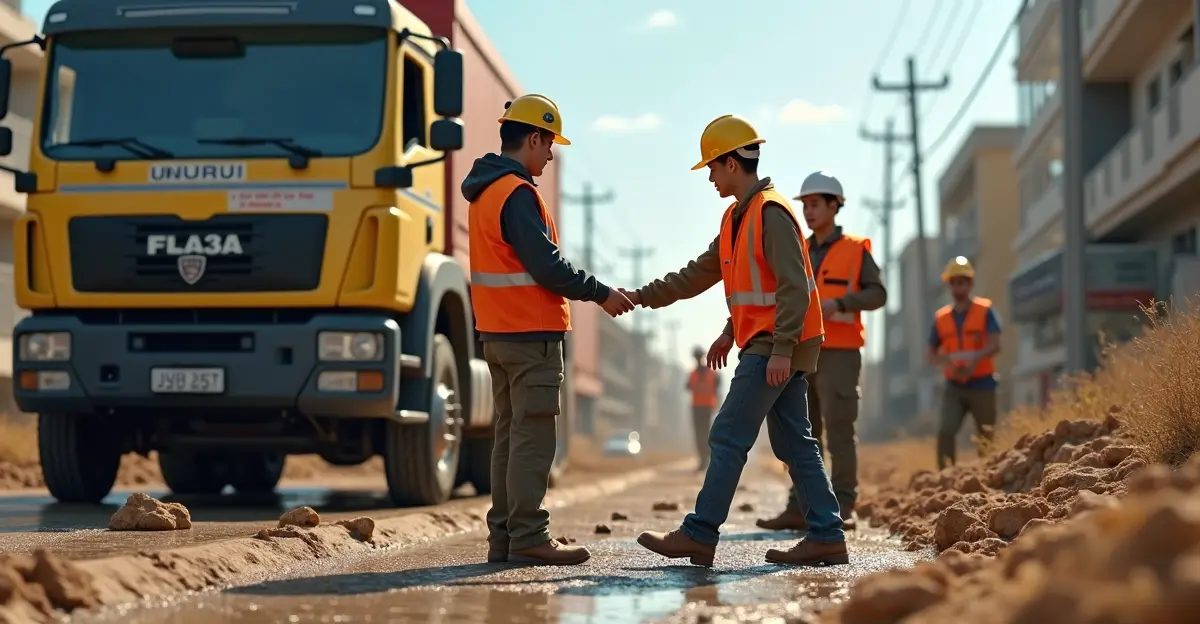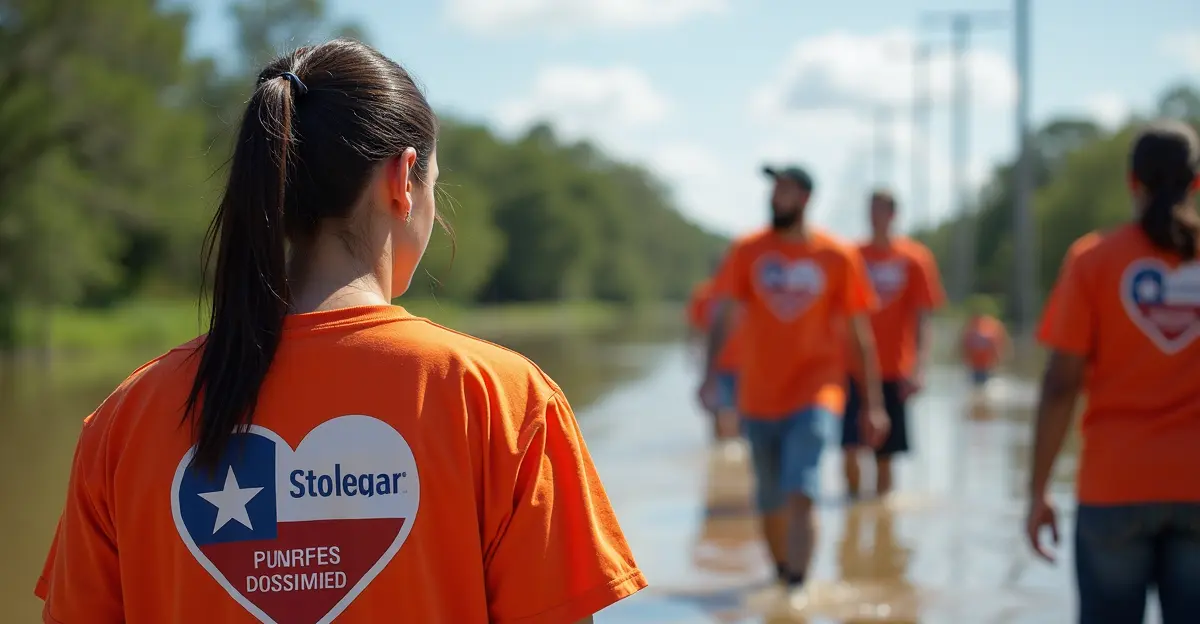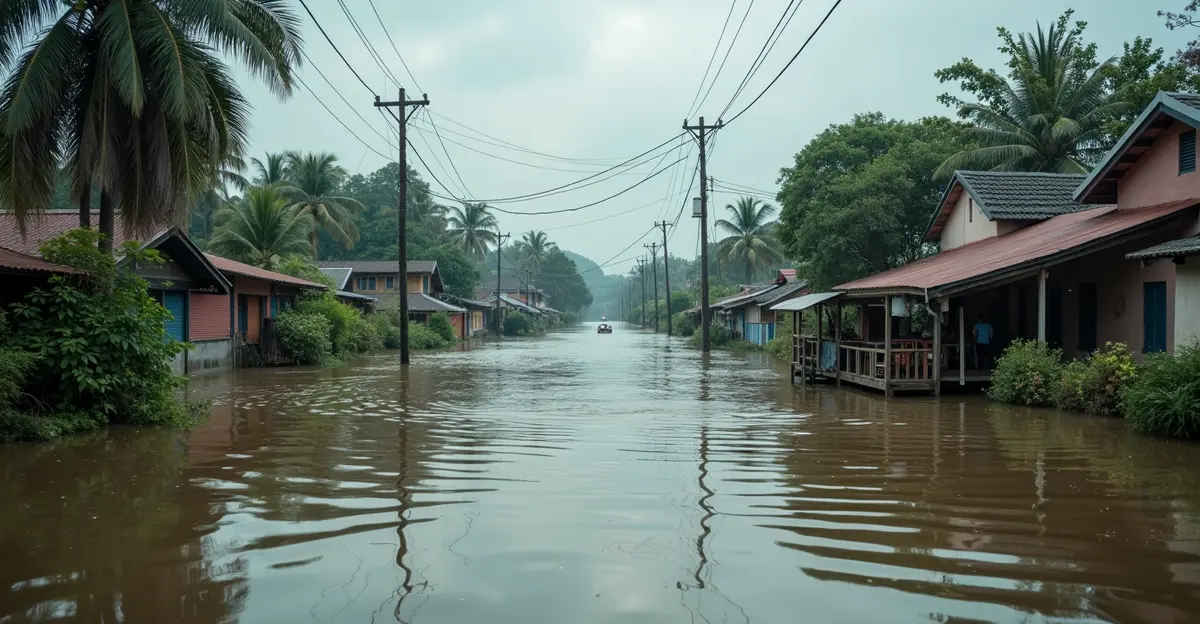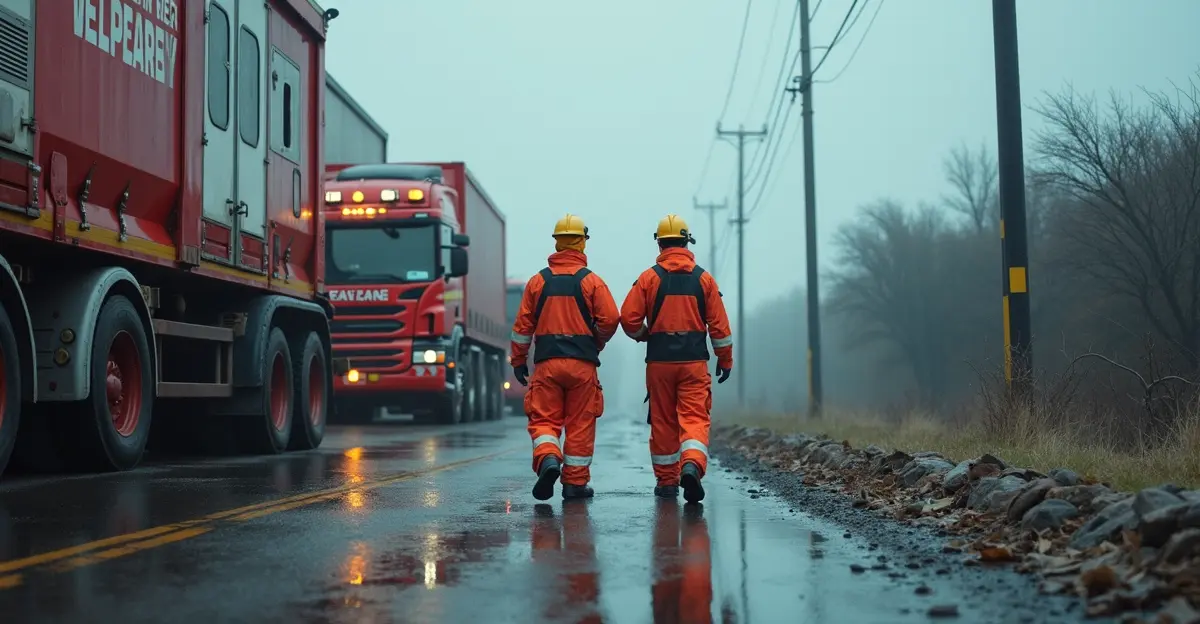In 2025, effective disaster response relies on interagency protocols, volunteer mobilization, and supply chain resilience. Coordination hubs like the EU's ERCC and FEMA's guides enhance collaboration, while digital tools and training optimize volunteer efforts. Resilient supply chains ensure timely aid delivery, supported by strategic planning and innovation.

Emergency Response Coordination After Natural Disasters
When natural disasters strike, the effectiveness of emergency response coordination can mean the difference between life and death. In 2025, interagency protocols, volunteer mobilization, and supply chain resilience have become critical pillars in disaster management. According to the State of Disaster Philanthropy 2025 report, disasters are growing in size, frequency, and complexity, demanding more sophisticated coordination mechanisms.
Interagency Protocols: The Backbone of Coordination
Interagency protocols ensure that multiple organizations work seamlessly during crises. The European Union's Emergency Response Coordination Centre (ERCC) serves as a prime example, coordinating assistance across 27 EU Member States and 10 additional participating states. 'The ERCC acts as a coordination hub between civil protection authorities, the affected country, and humanitarian aid communities to mobilize assistance rapidly,' explains a spokesperson from the European Commission. Similarly, in the United States, FEMA's Planning Guides provide comprehensive frameworks for emergency managers. These protocols establish clear roles, enhance communication through systems like the Common Emergency Communication and Information System (CECIS), and facilitate resource sharing. Without such structured protocols, response efforts can become fragmented, leading to delays and inefficiencies.
Volunteer Mobilization: Harnessing Community Power
Volunteers are often the first responders in disasters, providing essential services like medical aid, shelter, and logistics. Effective volunteer mobilization relies on databases to track skills and availability, as highlighted in best practices for volunteer management in 2025. Training programs on emergency protocols and first-aid are crucial, and digital tools like mobile apps enable real-time updates. 'We've seen that structured recruitment and recognition systems drive retention and improve response effectiveness,' notes a volunteer coordinator from the American Red Cross. Decision Support Systems (DSS) are increasingly used to optimize volunteer deployment, integrating data management and analytical processing to address dynamic disaster conditions. Challenges like volunteer fatigue are mitigated through shift rotations and mental health support, ensuring sustained efforts.
Supply Chain Resilience: Ensuring Resource Flow
Supply chain resilience is vital for delivering aid promptly. Research on humanitarian supply chains for wildfire recovery, as detailed in a 2025 study, emphasizes strategies like prepositioning supplies, route optimization, and optimal warehouse location. FEMA's Supply Chain Resilience Guide, developed in collaboration with CISA, provides a five-phase approach for assessing local supply chains and engaging the private sector. 'Strategic planning and collaboration with stakeholders minimize response time and reduce waste,' says an emergency management expert. In 2023, disaster giving accounted for 0.9% of total philanthropic giving, underscoring the need for efficient resource allocation. By mapping interdependencies and using tools like distribution management plans, communities can enhance their ability to withstand disruptions.
Case Studies and Lessons Learned
Historical events, such as the Chernobyl disaster, demonstrate the consequences of inadequate coordination, where over 500,000 personnel were involved but faced significant challenges. In contrast, modern initiatives like the EU's UCPM show how interagency cooperation can streamline responses. The integration of volunteers and resilient supply chains in recent wildfires in California has improved outcomes, with faster resource delivery and reduced casualties. 'Learning from past disasters helps us refine protocols and build more resilient systems,' reflects a disaster response analyst.
Looking Ahead: Innovations and Challenges
As climate change intensifies natural disasters, innovations in technology and collaboration are essential. Artificial intelligence and machine learning are being incorporated into DSS for better predictive analytics, while public-private partnerships strengthen supply chains. However, funding gaps persist; the State of Disaster Philanthropy 2025 report calls for increased long-term investment. 'We must prioritize local organizations and community-based approaches to maximize impact,' urges a philanthropy leader. By fostering interagency coordination, empowering volunteers, and fortifying supply chains, we can build a more resilient future in the face of escalating disasters.

 Nederlands
Nederlands
 English
English
 Deutsch
Deutsch
 Français
Français
 Español
Español
 Português
Português









